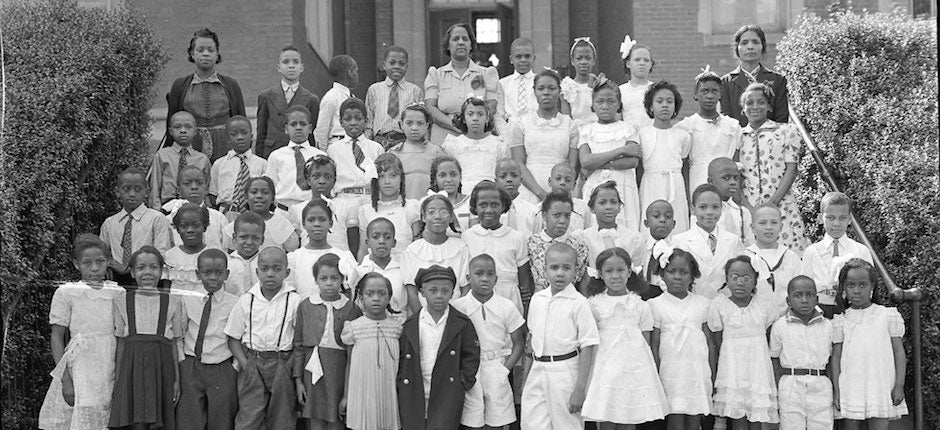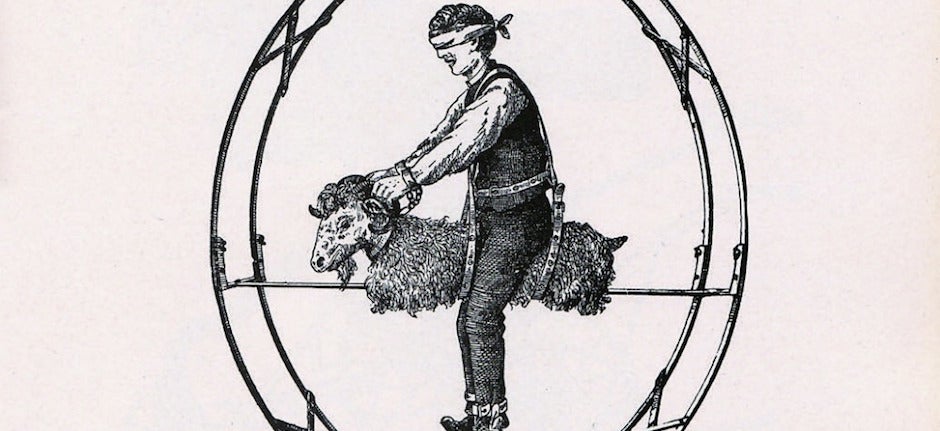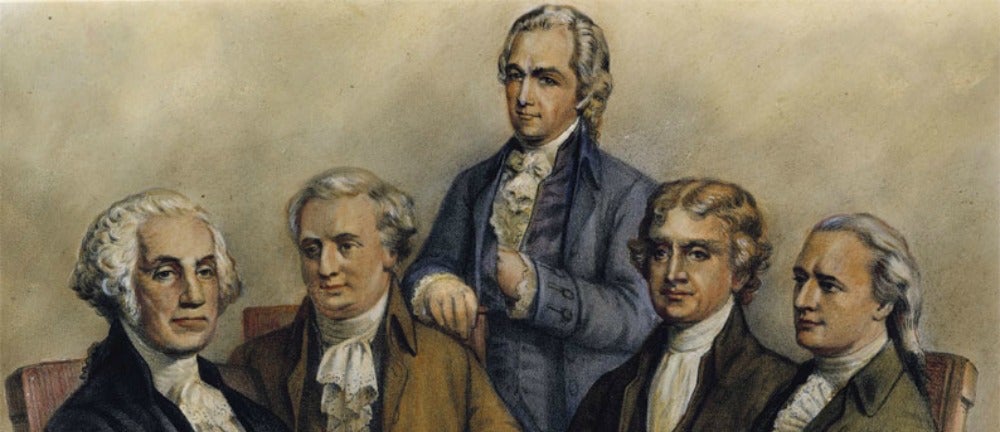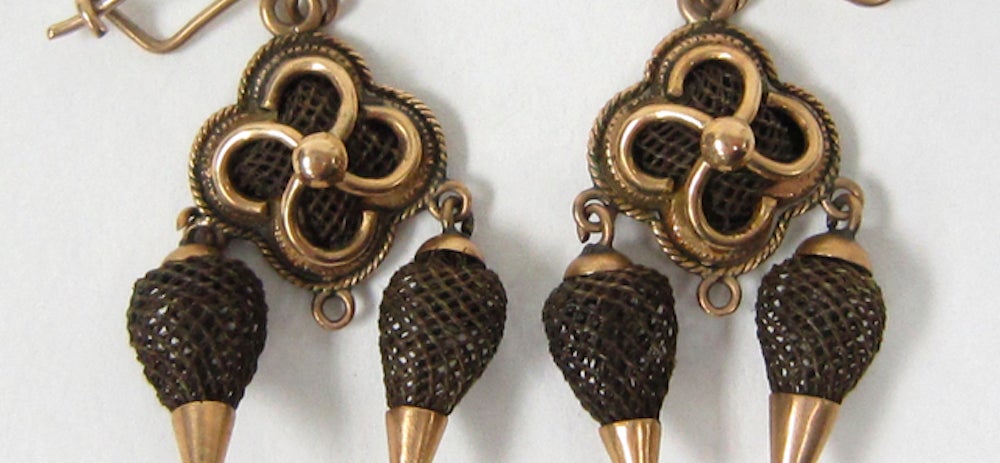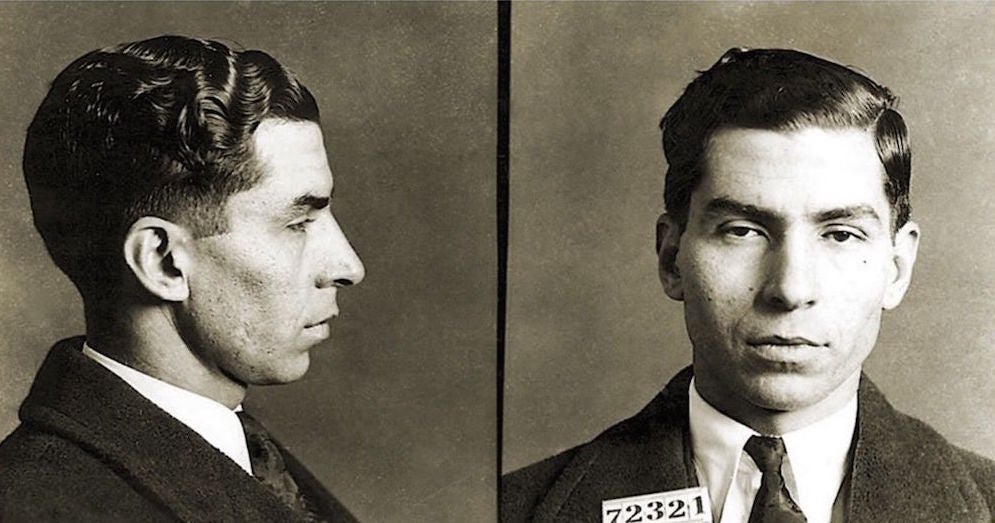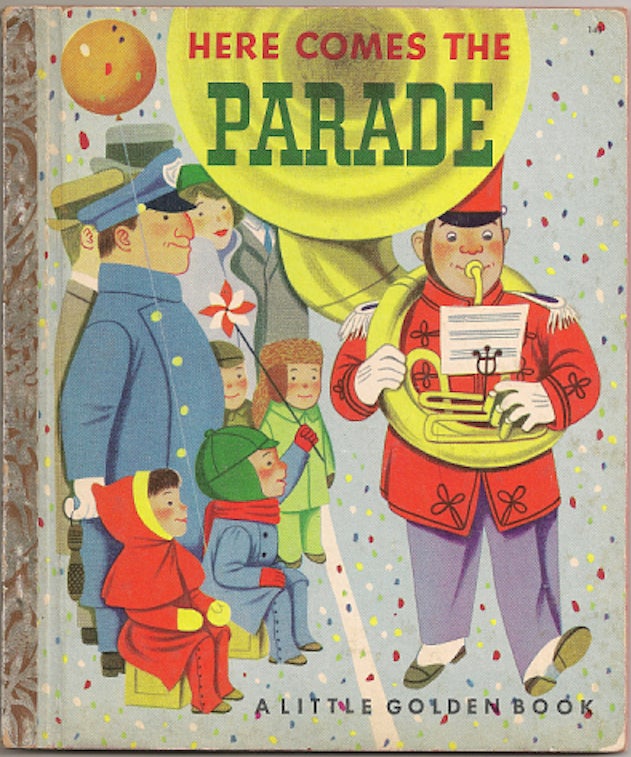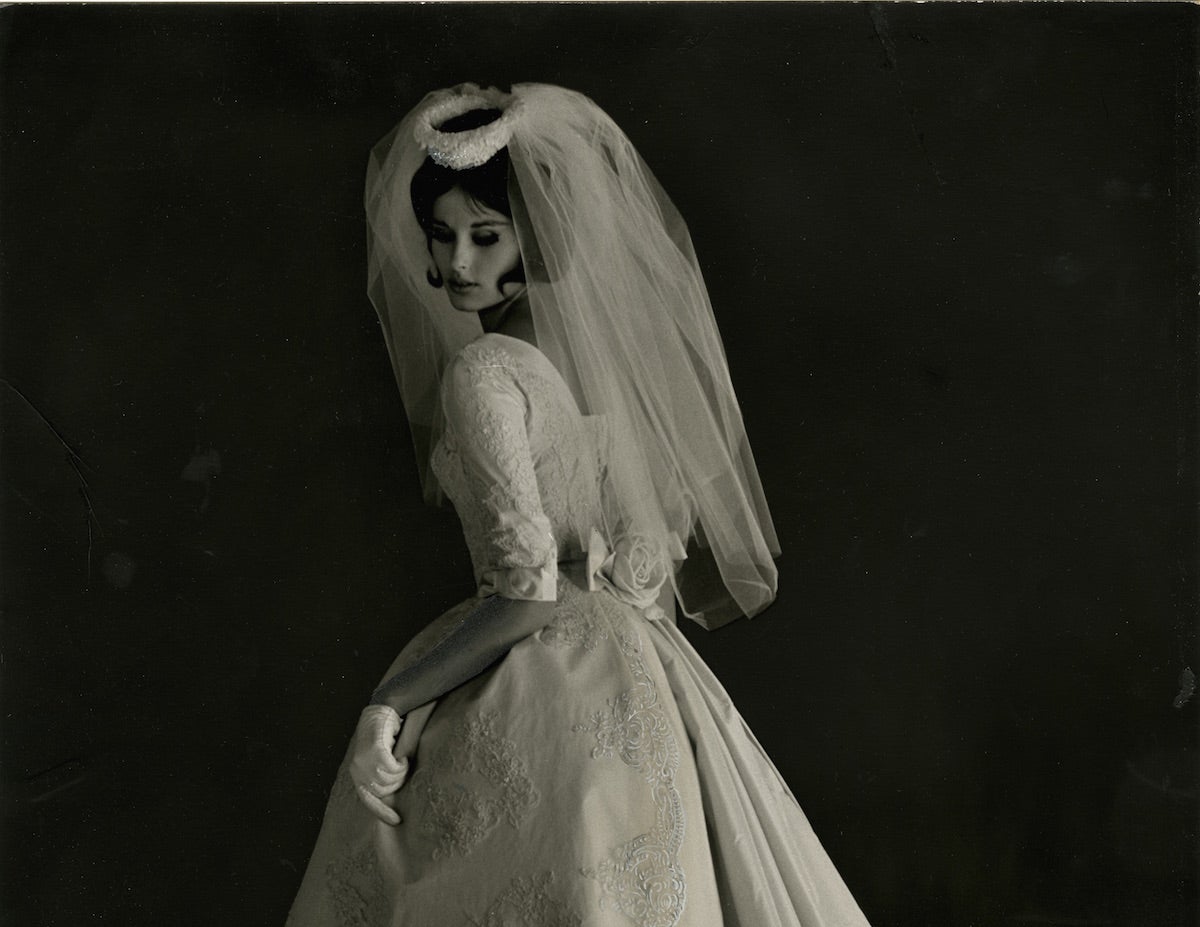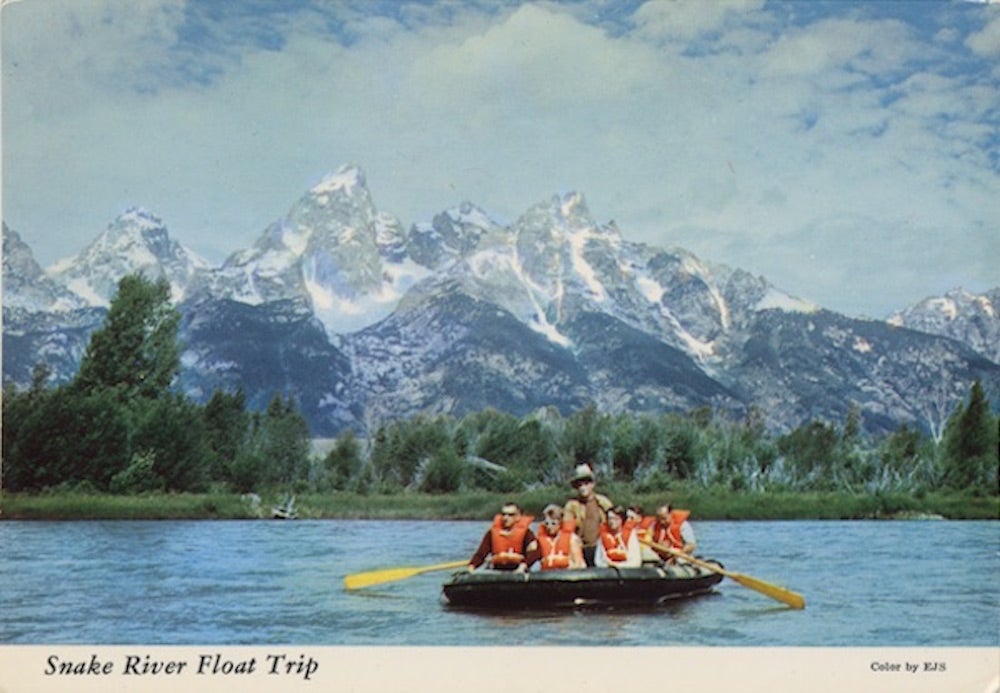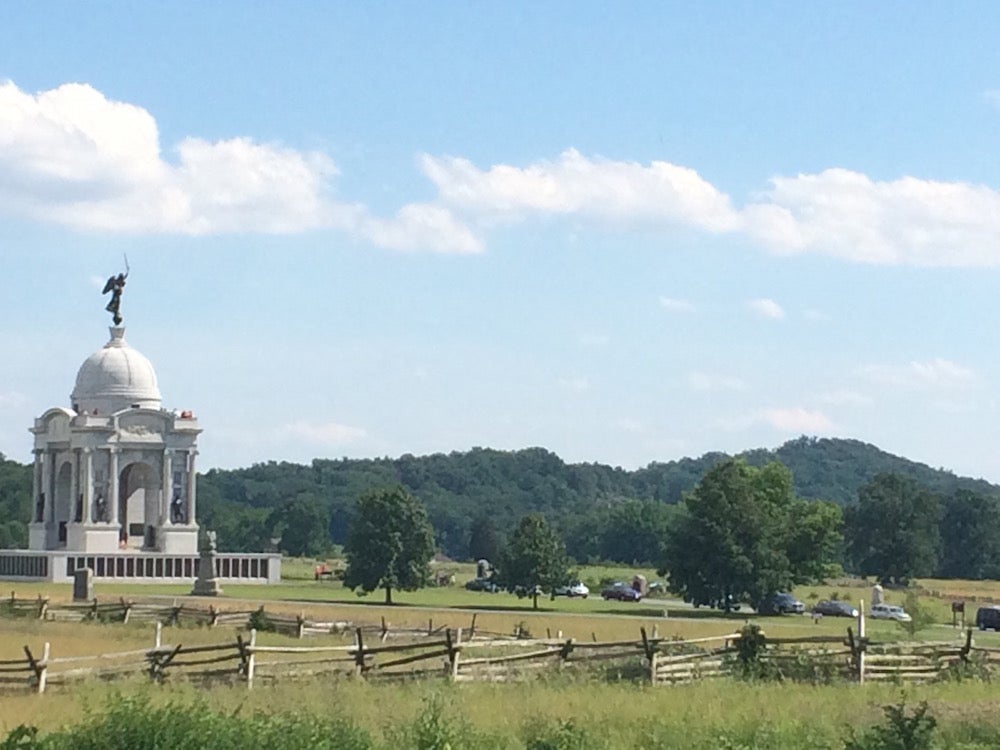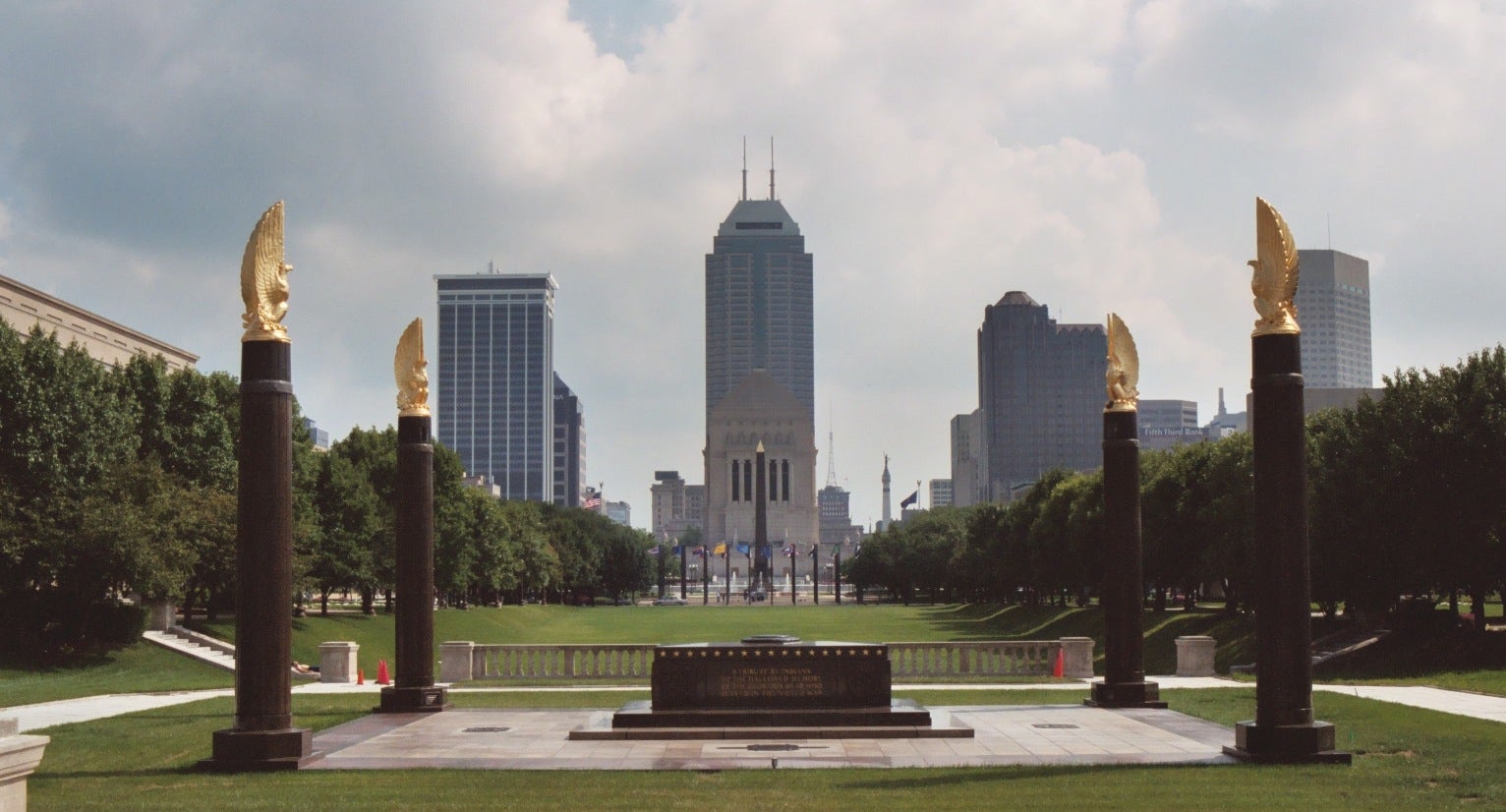In the Segregated 20th Century, Schoolchildren Embodied Black Uplift
How a Leading Portraitist Captured Their Refinement and Restlessness
For much of the 20th century, the Scurlock family of portrait photographers—first Addison Scurlock and his wife Mamie and then their sons Robert and George—were the premiere chroniclers of the aspirational lives of Washington D.C.’s black middle class. Over time they forged close working relationships with W.E.B. DuBois and Howard University, as well as photographing Marian Anderson, Duke Ellington, and Booker T. Washington.
But alongside this work—now preserved at the Smithsonian’s National Museum of American History as “Portraits of …


